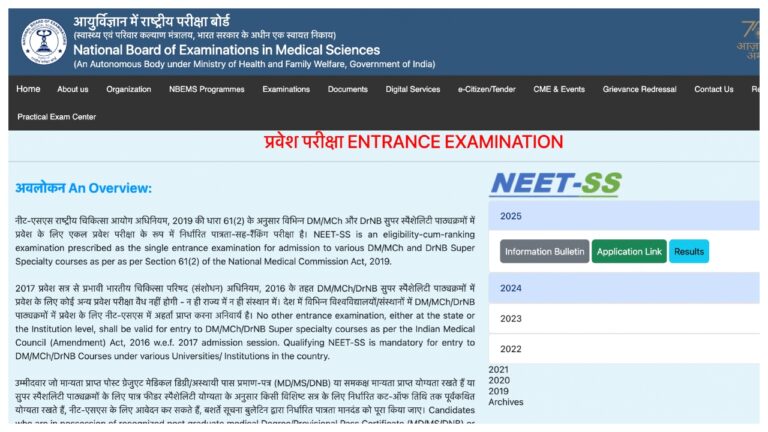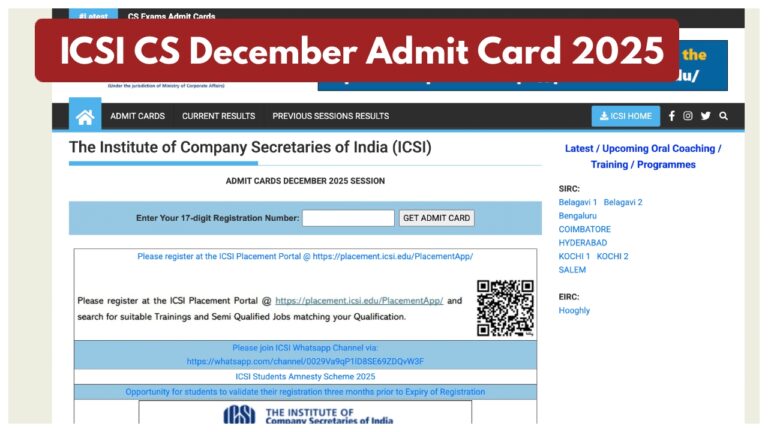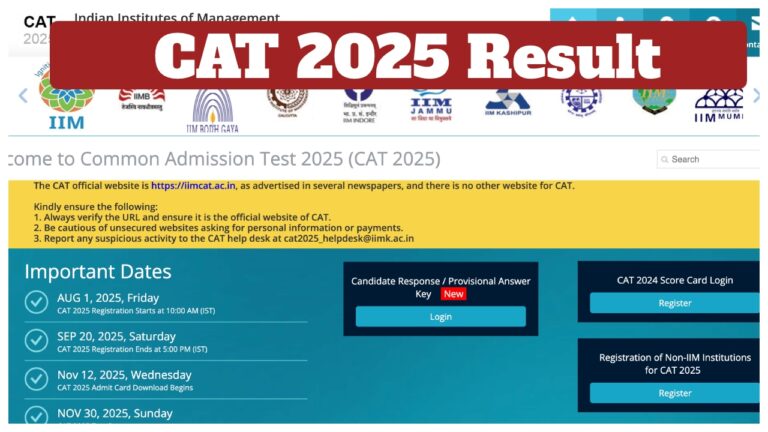Whenever you join a new company, various benefits like gratuity and EPF (Employees’ Provident Fund) are included in your CTC (Cost to Company). While EPF calculation is easy to understand, many people are unsure about how gratuity is added to CTC.
Under the Payment of Gratuity Act, 1972, companies provide gratuity to employees who have completed 5 or more years of service. Throughout this article, we will share the right formula to calculate your gratuity.
What is Gratuity?
A gratuity is a lump sum payment given by an employer to an employee as a reward for long service. It is a way of showing appreciation for the employee’s dedication and contribution to the company. Gratuity is part of an employee’s gross salary but is not paid regularly like a monthly salary. Instead, it is given when the employee leaves the company.
Gratuity is calculated based on the employee’s salary and company policy. It is paid in different situations, such as:
- Retirement (Superannuation)
- Resignation
- Death or permanent disability
- Layoff or retrenchment
- Voluntary retirement
- Termination (if not due to the employee’s fault)
Correct Formula for Gratuity Calculation
Gratuity is calculated using this formula:
(Last Drawn Monthly Salary × 15) ÷ 26
This means the gratuity is based on 15 days’ salary. Below is an example for better understanding.
Example: How Gratuity is Calculated
If an employee’s annual basic salary is ₹100, then:
Monthly basic salary = ₹100 ÷ 12 = ₹8.33
Gratuity per year = ₹8.33 × (15 ÷ 26) = ₹4.81
So, 4.81% of the employee’s CTC will be added as a gratuity.
How Gratuity Affects CTC
HR adds 4.81% of the basic salary to an employee’s CTC as a gratuity. However, this percentage may change every year with salary revisions. As the basic salary increases, the gratuity amount in CTC also increases.










